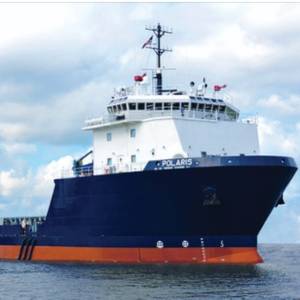
As oil exploration and production goes, so goes the market for Offshore Service Vessels (OSVs) and Platform Supply Vessels (PSVs). Throughout 2025, the prices of oil- which drives exploration and production (E & P), have softened, moving down towards $60/barrel amidst economic uncertainty and a wider than anticipated opening of the taps by major oil producers.

A sanctioned liquefied natural gas (LNG) tanker made a ship-to-ship (STS) transfer off the coast of Malaysia after picking up a cargo from a Russian export terminal also under Western restrictions, according to two analytics firms.The operation appears to be the first known STS transfer of sanctioned Russian LNG, despite Western efforts to curb Moscow's energy revenues over its war in Ukraine.
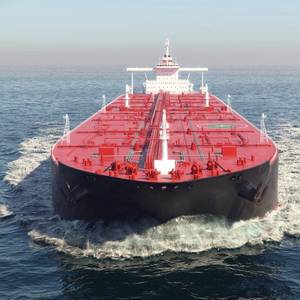
Oil and gas traders are likely to seek waivers from Beijing over tariffs that the Chinese government plans to impose on U.S. crude and liquefied natural gas (LNG) imports from February 10, trade sources said on Thursday.Shortly after tariffs on China imposed by U.S. President Donald Trump took effect on Tuesday, China's Finance Ministry said it would impose levies of 15% on imports of U.S.
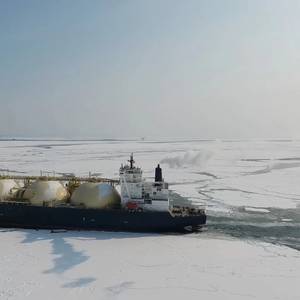
A liquefied natural gas tanker has left Russia's Arctic LNG 2 after loading a cargo there, according to data compiled by LSEG and analytics firm Kpler, as the project continues output despite Western sanctions over Moscow's war in Ukraine.The Christophe De Margerie tanker arrived at Arctic LNG 2 on October 17 and departed loaded on October 20, according to Kpler data.

A tanker carrying liquefied natural gas from Russia's Arctic LNG 2 project has discharged it at a Chinese port, according to data from analytics firms Kpler and Vortexa, continuing supplies despite Western sanctions against the project.The La Perouse tanker berthed at the Beihai LNG Terminal in China's southwestern region of Guangxi on October 9
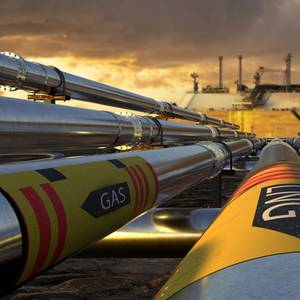
U.S. oil major Chevron is in early-stage talks to explore opportunities in European regasification terminals, as part of its strategy to expand its global presence in the liquefied natural gas market, a senior executive told Reuters.The U.S. has become Europe's top LNG supplier since the continent sharply reduced its imports of Russian gas following Moscow's invasion of Ukraine in 2022.
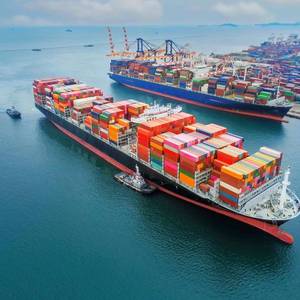
Latest data from Xeneta, an ocean and air freight intelligence platform, shows average spot rates from China to the US West Coast are down 59% since June 1, 2025, at USD 2 268 per FEU (40ft container). Rates have also plummeted into the US East Coast, down 43% to USD 3 796 per FEU in the same period.
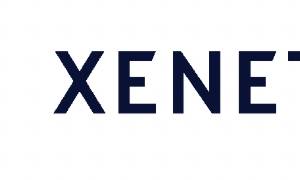
The decision of the U.S. Court of International Trade to deem Trump’s sweeping tariffs as unlawful is good news for shippers—but it could signal the beginning of the next era of confusion in global supply chains.“The court decision to deem the sweeping tariffs unlawful is clearly positive news for shippers who have faced extraordinary increases in the cost of importing goods into the US

Global demand for liquefied natural gas is estimated to rise by around 60% by 2040, driven largely by economic growth in Asia, AI impact and efforts to cut emissions in heavy industries and transportation, Shell said in an annual report on Tuesday.Demand for natural gas continues to rise globally as the world transitions to cleaner fuels.
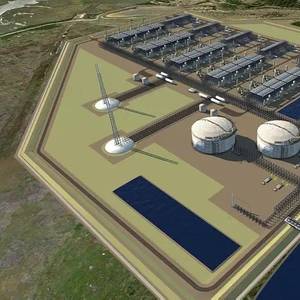
Woodside Energy has held talks with several potential buyers of stakes in its Louisiana liquefied natural gas plant, including Tokyo Gas, Japan's JERA and Saudi Aramco-backed MidOcean Energy, multiple sources told Reuters.The timing of the stake sale is a test case for buoyant market expectations around LNG with the return of Donald Trump to the U.S. presidency.
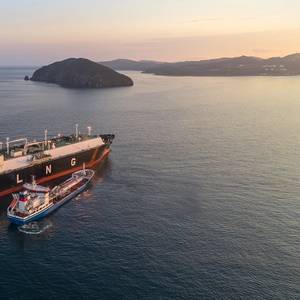
Traders diverted at least six cargoes of liquefied natural gas that were on course for Asia to Europe earlier this month, drawn by higher European prices and amid weak Asian demand, according to analysts and shipping data.The diverted cargoes could help meet additional European demand as countries seek to replace piped Russian gas after the Ukraine transit deal expired on Jan.
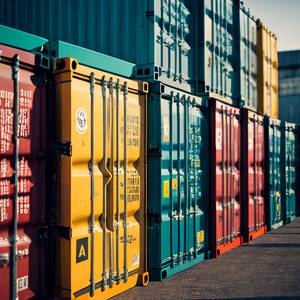
Strikes at ports on the US East Coast and Gulf Coast, which would have caused an economic and supply chain crisis, have been called off – with ocean container freight rate growth now expected to slow or fall.The strikes were set to begin on 15 January and would have forced the closure of ports from Maine to Texas.